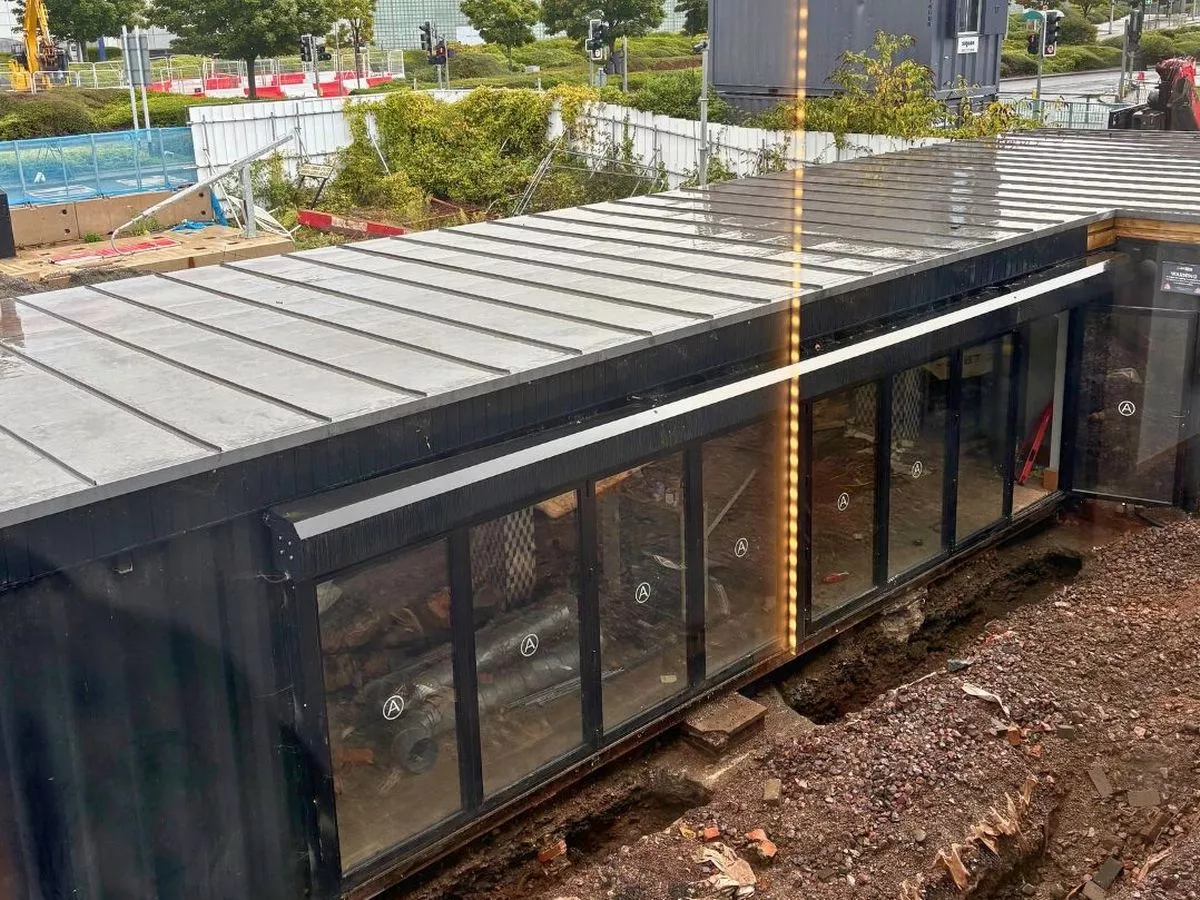By Ashton Ng
Copyright thediplomat

The most consequential Moon news this year wasn’t a landing. It was a purchase order. Finnish cryogenics leader Bluefors inked a deal to buy lunar helium‑3 from U.S. startup Interlune, with deliveries slated across the 2028-2037 window – a first-of-its-kind commercial contract for an off‑world natural resource. That headline is easy to fixate on. But the real prize on the Moon isn’t an exotic isotope. It’s location: a handful of sun-splashed ridges around the Shackleton and de Gerlache craters that sit next to ice‑rich darkness. If Asia’s space powers don’t set practical rules now, those ridgelines could become chokepoints that distort science, commerce, and diplomacy for decades. Why those crests? Because the lunar South Pole offers power next to water. Thanks to the Moon’s tiny axial tilt, select rims near Shackleton and along the Shackleton-de Gerlache connecting ridge receive sunlight most of the year, enabling near‑continuous solar power and gentler thermal swings. Just downslope are permanently shadowed regions that can trap water ice and other volatiles. NASA’s South Pole lighting visualizations and the LPI Lunar South Pole Atlas have narrowed the near‑constant‑light candidates to a small set of coordinates on these crests – some modeled at roughly 90-94 percent annual illumination. Scarcity is what creates chokepoints. Both Washington and Beijing are already building the plumbing. China’s Queqiao 2 relay, launched in March 2024, supported the Chang’e 6 far‑side sample return and is positioned to back Chang’e 7 and Chang’e 8 at the South Pole. Beijing is rallying partners under the International Lunar Research Station (ILRS) and has publicly floated a lunar nuclear power unit for the mid‑2030s to energize an outpost. None of this is hypothetical; it is an operational plan. The United States leads the Artemis Accords, built around a framework that emphasizes transparency, interoperability, and temporary safety zones to avoid harmful interference. Yet timelines have slipped, creating a window in which repeated visits and longer deployments on scarce ridges could harden into faits accomplis before procedures exist to manage proximity and spectrum. These ridges become chokepoints for two reasons. First, physics: near‑continuous light means smaller batteries, fewer thermal swings, and lower risks; proximity to shadowed craters means shorter traverses to extract water for propellant, air, and life support. Second, communications: the Moon’s far side is a uniquely radio‑quiet region recognized by the International Telecommunication Union. On a narrow crest crowded with solar arrays, relays, and navigation beacons, uncoordinated emissions could degrade far‑side science or drown out a distress call. Asia’s middle powers – Japan, India, and South Korea – have the credibility to make operations predictable without forcing countries to choose sides. Japan’s SLIM proved pinpoint landing, India’s Chandrayaan‑3 executed the first South Pole soft landing, and South Korea’s Danuri is returning unprecedented views of permanently shadowed terrain via ShadowCam. Because these programs straddle alliances and autonomy, they can translate technical know‑how into norms that keep ridgelines open by design rather than closed by default. Two governance models are on a collision course. The Artemis approach encourages advance notification and temporary safety zones; critics worry that, absent guardrails, those zones can morph into appropriation by stealth on scarce terrain. China’s ILRS approach risks generating parallel standards for maps, notifications, communications, and power siting – especially if partners sprint to anchor hardware first. The tension is most acute on single ridgelines where one party’s caution can look like another’s exclusion. The practical answer is to make the rules of the road boring and transparent: publish a shared registry of mission coordinates, timelines, traverse plans, and time‑bounded keep‑out radii that automatically expire unless renewed by real activity; pre‑map right‑of‑way corridors from sunlit crests into shadowed craters so no one can blockade access to water; and adopt spectrum etiquette that schedules quiet hours near far‑side astronomy windows and standardizes distress beacons. Helium‑3 will keep grabbing headlines, but the near‑term lunar economy will be built on water and watts. Still, the Bluefors–Interlune contract matters for Asia because helium‑3 is a critical input for dilution refrigerators used in quantum research across the region. As supplies diversify, export controls and dual‑use debates will follow the hardware to the poles – another reason to keep the ridgelines open and the procedures interoperable. The window is now. With Artemis pushing crewed milestones into 2026–2027 and China pressing ahead toward an ILRS “basic model” by the mid‑2030s, norms set in the next two years will govern the 2030s. Asia’s middle powers can prevent a “South China Sea on the Moon” by translating technical credibility into operations‑first guardrails – before scarcity hardens into grievance. The Moon won’t be governed by speeches. It will be governed by who lands where, with whose maps and radios – and whether those maps and radios are designed to share.



